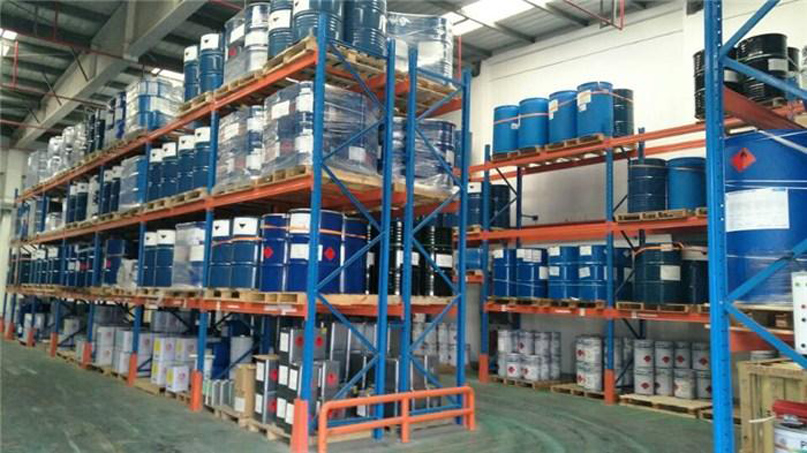Hazards of organotin contaminants in food and methods for their detection
As an important class of metal-organic compounds, organotins are widely used as stabilisers, anti-fouling agents for ships, agricultural insecticides, fungicides, mould inhibitors, catalysts, etc.
► The hazards of organotin
However, the use of organotins in large quantities has led to increased environmental pollution and the risk of contamination of foodstuffs with organotin compounds.

In the late 1970s, organotin contamination nearly crippled oyster farming in France; in the 1990s researchers detected organotin in mussels in Thailand, and there have been cases of poisoning from the consumption of organotin-contaminated lard in China.
Organotin has the general formula RnSnX4-n, with R being a hydrocarbon or aryl group, etc., and X being an inorganic or organic acid root, oxygen or halogen element, etc. Organotin is more toxic than inorganic tin (see Table 1) and has been identified as an endocrine disruptor by the Organisation for Economic Co-operation and Development (OECD) Expert Committee on Environmental Hormones.
The main toxic effects of organotin compounds on organisms are immunotoxicity, neurotoxicity, reproductive toxicity and genotoxicity. Studies have shown that organotin can have toxic effects on organisms at very low levels in the environment.

Table 1 Hazards and toxicity of organotins
► Organotin detection methods
The contamination of food by organotin has attracted widespread attention and more and more research has been carried out on the detection of organotin in food.
Gas Chromatography
When gas chromatography is used for the analysis of organotin in food, as most organotin compounds have a high boiling point, they often have to be derivatised to convert them into volatile substances.
The national standard GB 5009.215-2016 “National Standard for Food Safety Determination of Organotin in Food” provides a method for the determination of organotin in food by gas chromatography with a pulsed flame photometric detector. After the sample has been extracted, extracted, cleaned up by gel permeation chromatography, derivatised by Green’s reagent and cleaned up by a silica column pre-treatment step, it can be concentrated and tested on the machine and quantified by internal standard method.
This standard method can be used for the determination of dimethyltin, trimethyltin, monobutyltin, dibutyltin, tributyltin, monophenyltin, diphenyltin and triphenyltin in foods such as fish, shellfish, wine and soy sauce.

②Liquid chromatography
Liquid chromatography is often used in conjunction with inductively coupled plasma mass spectrometry. The sample does not require derivatization, so the pre-treatment is relatively simple, but the separation is not as good as that of gas chromatography and the reproducibility is poor.
The development and establishment of sensitive, accurate, rapid and simple analytical methods for the detection of organotins in foodstuffs will improve the range of analytical methods in order to better protect the safety of the tongue.

